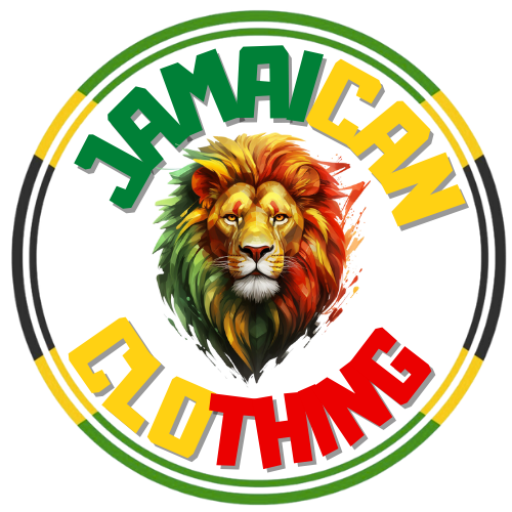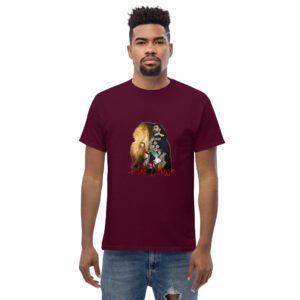With its vibrant colors and symbolic imagery, the Rastafari flag holds a deep significance within the Rastafarian community, representing unity, pride, and cultural identity. In this blog post, we research into the history and meaning behind the Rastafari flag, examining how this powerful symbol has helped shape and define the identity of its followers. From its roots in the Pan-African movement to its present-day use as a visual representation of Rastafarian beliefs and values, we explore the impact that the Rastafari flag has had on shaping a sense of belonging and solidarity among its adherents. Join us on a journey to uncover the profound influence of this iconic flag on the identity of the Rastafarian community.
Historical Roots of the Rastafari Movement
Origin and Early Development
Movement towards what would become the Rastafari faith originated in Jamaica during the 1930s. Influenced by Pan-Africanism, Black Nationalism, and traditional African religious beliefs, the movement provided a spiritual and cultural foundation for many marginalized Jamaicans seeking empowerment and identity. The teachings of Marcus Garvey, a prominent Jamaican activist and leader of the Pan-Africanism movement, played a significant role in the development of Rastafari beliefs.
Symbolism in Rastafarian Culture
Originating from the colors of the Ethiopian flag, the Rastafari flag symbolizes unity among people of African descent worldwide. The red, gold, and green colors represent the blood shed for liberation, the wealth of Africa, and the lush vegetation of the continent, respectively. The inclusion of the Lion of Judah at the center of the flag is a reference to the Ethiopian monarchy, believed by Rastafarians to be the lineage of King Solomon and the Queen of Sheba.
Another important symbol within Rastafarian culture is the dreadlocks hairstyle. Rooted in the Nazarite vow of ancient Israelites and the belief that hair should be left untouched and uncut as a sign of dedication to God, dreadlocks have become a visible symbol of Rastafarian identity and spirituality.
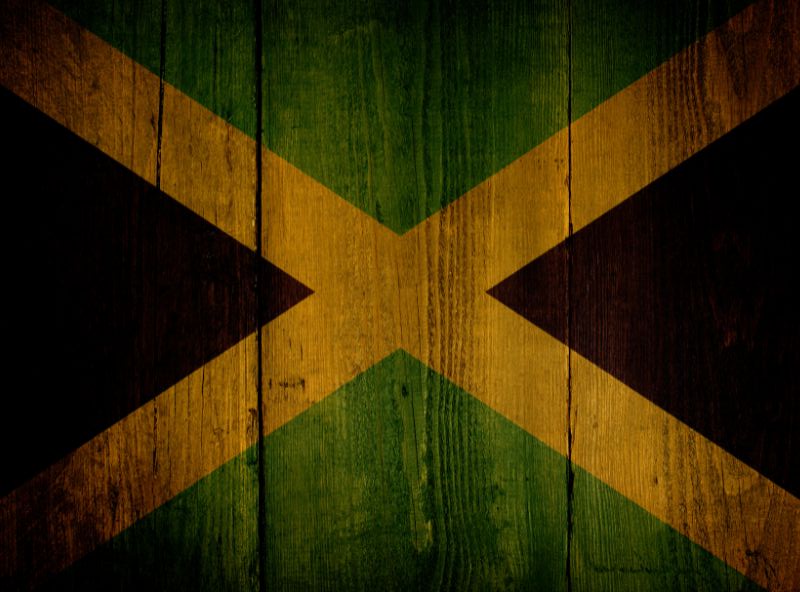
The Rastafari Flag and Its Elements
Colors and Their Meanings
On the Rastafari flag, the colors red, gold, and green hold significant symbolic meanings. Red represents the bloodshed of African ancestors, the struggles they faced, and their resilience. Gold represents the wealth and beauty of Africa, while green symbolizes the lush vegetation of the homeland and the hope for a prosperous future.
The Lion of Judah Iconography
Meanings associated with the Lion of Judah, often depicted on the Rastafari flag, include strength, courage, and protection. The lion is a powerful and majestic creature, often seen as a symbol of the Ethiopian monarchy and a representation of Haile Selassie, regarded as a messianic figure in Rastafarian belief.
Another significant element of the Lion of Judah iconography is its connection to the lineage of Emperor Haile Selassie, whom Rastafarians revere as the earthly embodiment of God. The lion is also a prominent symbol in Ethiopian culture and history, representing sovereignty and the enduring spirit of the people.
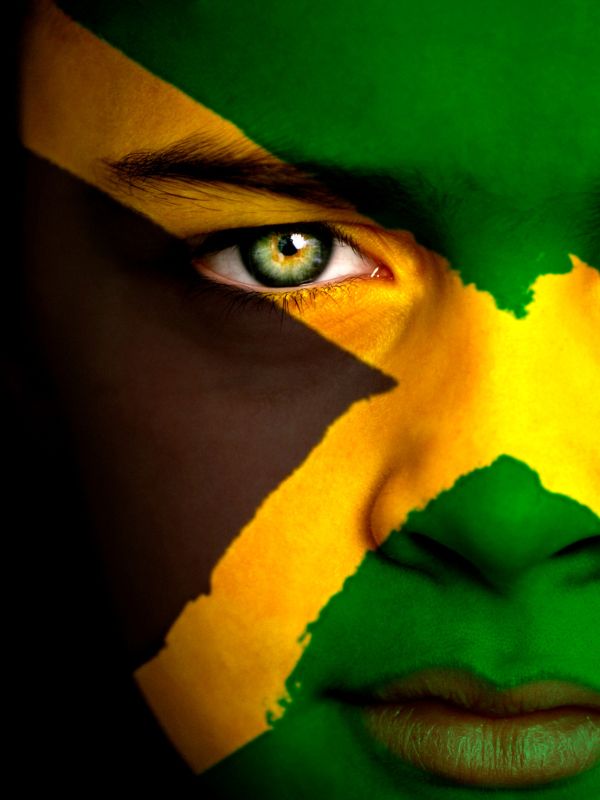
Influence of the Rastafari Flag on Global Identity
The Flag as a Tool for Political Expression
Political expression is a key aspect of the Rastafari movement, and the flag plays a central role in this expression. The red, gold, green, and black colors of the flag symbolize various political ideals such as the blood shed for freedom, the wealth of Africa, the lush greenery of Ethiopia, and the unity of black people worldwide. By waving the Rastafari flag, individuals can communicate their political beliefs and stand in solidarity with the movement’s principles.
Cultural Diffusion and Adoption
Identity
A symbol of resistance and cultural pride, the Rastafari flag has been adopted by various groups and movements around the world. Its colors and symbolism have transcended borders and cultural boundaries, becoming a universal symbol of unity and empowerment for marginalized communities. The flag’s influence on global identity is a testament to the power of cultural expression and solidarity in shaping contemporary social movements.
Case Studies of the Flag’s Usage
Keep in mind the Rastafari flag’s impact on identity is deeply rooted in its usage across various platforms. Here are some detailed case studies showcasing the flag’s significance:
- Jamaica – The flag is prominently displayed at music festivals, cultural events, and even in everyday life, symbolizing unity and cultural pride.
- International Festivals – The flag is a common sight at reggae festivals worldwide, serving as a symbol of the global reach and influence of Rastafarian culture.
- Social Media – The flag is often used as a profile picture or in posts to express solidarity with the Rastafari movement and its values.
- Fashion Industry – The flag has been incorporated into clothing and accessories, popularizing its imagery and spreading awareness of its symbolism.
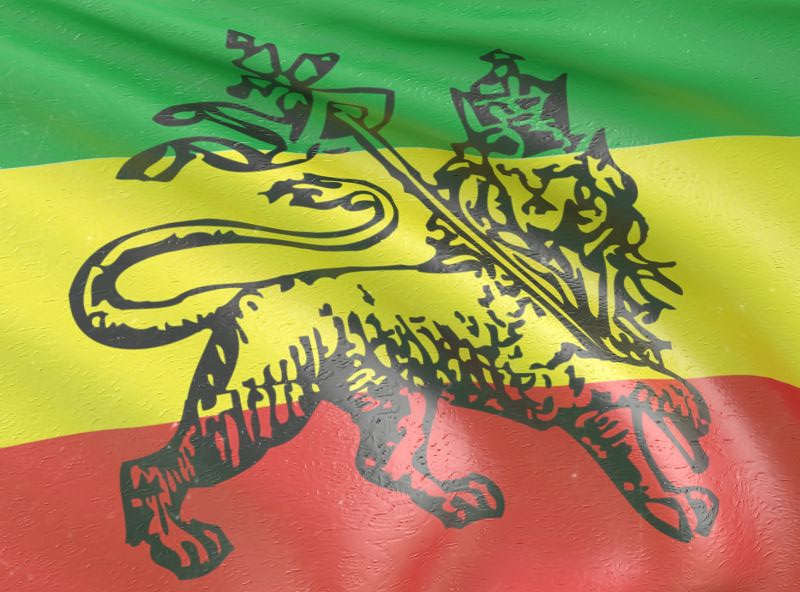
Musical Influence and Reggae Iconography
To understand the impact of the Rastafari flag on identity, one must examine into its association with reggae music and the cultural iconography that has emerged from this musical genre.
Social Movements and Activism
Studies have shown that the Rastafari flag has been a powerful symbol in various social movements and activist causes, representing resistance, solidarity, and the fight for equality.
Activism surrounding the flag often focuses on highlighting the importance of Rastafarian beliefs, promoting cultural awareness, and advocating for social justice issues within communities.
Challenges and Controversies
Misinterpretation and Commercialization
For the Rastafari community, misinterpretation and commercialization of the Rastafari flag have been significant challenges. The misrepresentation of the flag’s colors and symbols has led to misunderstandings about its true meaning and significance.
Tensions within the Rastafari Community
Any tensions within the Rastafari community regarding the use and display of the Rastafari flag stem from differing beliefs about its sacredness and proper representation. Some members feel that the flag should only be used in certain contexts, while others see it as a symbol that should be shared openly.
Misinterpretation of the Rastafari flag within the community can lead to internal conflicts and disagreements over its usage. Some Rastafarians believe that the flag should only be displayed by those who fully understand its spiritual and cultural significance, while others may see it as a symbol of unity to be embraced by all.
Commercialization of the Rastafari flag has sparked debates within the community about the appropriation of their sacred symbols for profit. Many Rastafarians are wary of businesses exploiting their religious and cultural iconography for commercial gain, leading to tensions and calls for greater respect for the flag’s sacredness.
Final Words
Following this exploration of the Rastafari flag and its impact on identity, it is evident that this symbolic representation holds significant importance within the Rastafarian community. The vibrant colors and powerful symbolism of the flag serve as a unifying force, embodying the core values of the Rastafari movement and fostering a strong sense of cultural pride and unity among its followers. By understanding the history and meaning behind the flag, we gain insight into the profound impact it has had on shaping and reinforcing Rastafarian identity. As we continue to celebrate and honor the rich heritage and traditions of the Rastafari movement, the flag will undoubtedly remain a symbol of strength, resilience, and solidarity for generations to come.
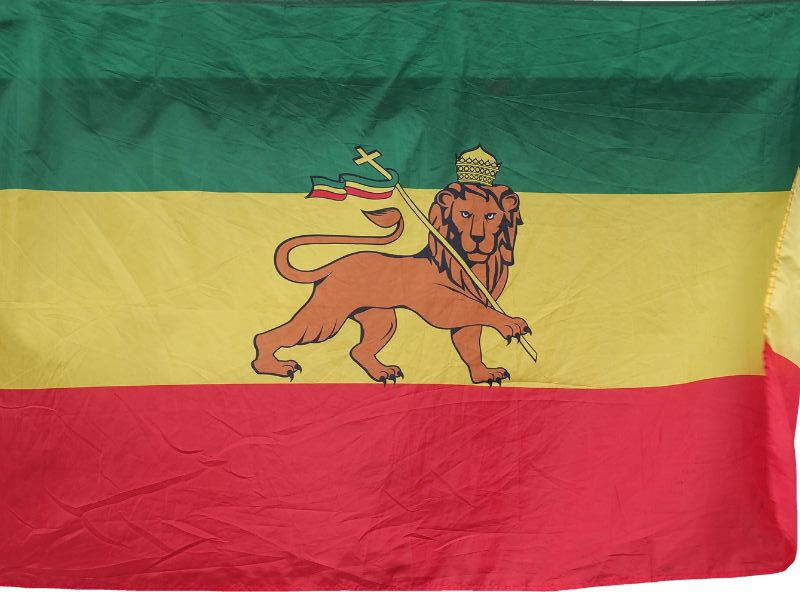
FAQ
Q: What is the significance of the Rastafari flag?
A: The Rastafari flag, with its colors of red, gold, green, and black, holds deep symbolism for the Rastafarian movement. Each color represents different aspects such as red for the blood shed in African struggles, yellow for wealth of Africa, green for the lushness of the homeland, and black for the skin of African people.
Q: How did the Rastafari flag come to be associated with the Rastafarian movement?
A: The Rastafari flag’s association with the movement can be traced back to the early 20th century when it was adopted by Rastafarians as a symbol of their African heritage, resistance against oppression, and spiritual beliefs. It has since become an iconic emblem of Rastafarian identity.
Q: What impact does the Rastafari flag have on the identity of Rastafarians?
A: The Rastafari flag plays a significant role in shaping the identity of Rastafarians by serving as a visual representation of their cultural pride, spiritual beliefs, and African heritage. It serves as a unifying symbol that fosters a sense of community and belonging among Rastafarians worldwide.
Q: How has the Rastafari flag influenced popular culture and fashion?
A: The vibrant colors and powerful symbolism of the Rastafari flag have made it a popular motif in mainstream culture, influencing fashion, music, art, and design. It is often used as a symbol of rebellion, social justice, and cultural resistance in various forms of artistic expression.
Q: Can anyone use or display the Rastafari flag, or is it reserved for those who adhere to the Rastafarian faith?
A: While the Rastafari flag is closely associated with the Rastafarian movement, it is not restricted to use by those who adhere to the faith. The flag has transcended its original context and is now widely recognized as a symbol of African unity, pride, and resistance against oppression, making it accessible for anyone to display as a symbol of solidarity.
See also our article on : The Art of Dreadlocks: History, Myths, and Modern Trends
